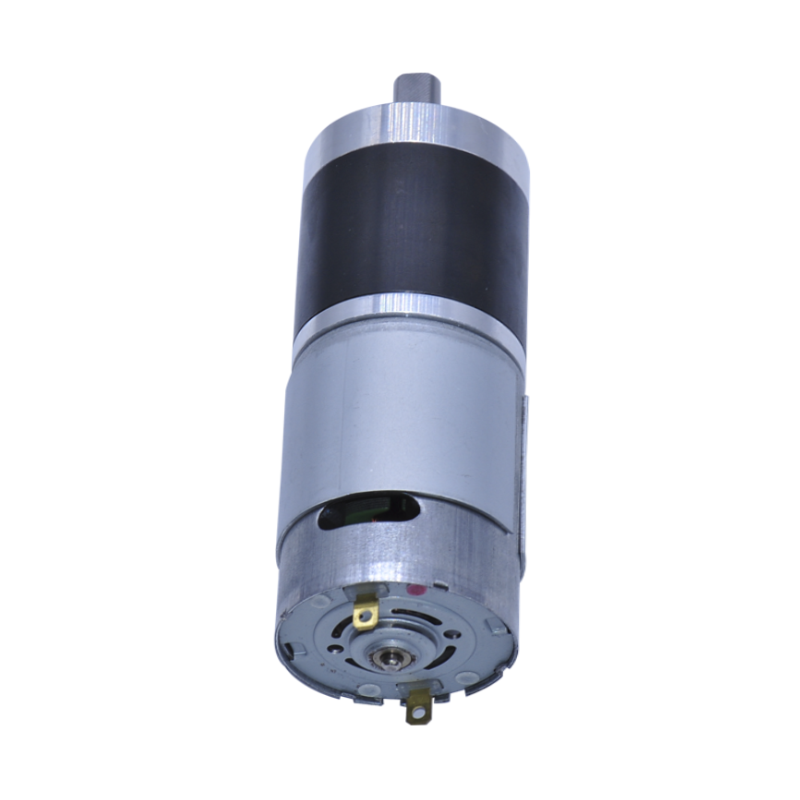Many applications of BLDC require high starting torque. The high torque and speed characteristics of DC motors allow them to cope with high resistive torque, easily absorb sudden increases in load and adapt to the load with the motor speed. DC motors are ideal for achieving the miniaturization desired by designers, and they offer higher efficiency compared to other motor technologies. Choose a direct drive motor or a gear motor based on the available power required, depending on the desired speed. Speeds from 1000 to 5000 rpm directly drive the motor, below 500 rpm a geared motor is selected, and the gearbox is selected based on the maximum recommended torque at steady state.
A DC motor consists of a wound armature and a commutator with brushes that interact with magnets in the housing. DC motors usually have a completely enclosed structure. They have a straight speed-torque curve with high starting torque and low no-load speed, and they can operate on DC power or AC line voltage through a rectifier.
DC motors are rated at 60 to 75 percent efficiency, and the brushes must be checked regularly and replaced every 2,000 hours to maximize the life of the motor. DC motors have three main advantages. First, it works with a gearbox. Second, it can operate on DC power uncontrollably. If speed adjustment is required, other controls are available and inexpensive compared to other control types. Third, for price-sensitive applications, most DC motors are good choices.
Cogging of DC motors can occur at speeds below 300rpm and can cause significant power losses at full wave rectified voltages. If a geared motor is used, the high starting torque can damage the reducer. Due to the effect of heat on the magnets, the no-load speed increases as the temperature of the motor increases. As the motor cools, the speed will return to normal and the stall torque of the “hot” motor is reduced. Ideally, the peak efficiency of the motor will occur around the operating torque of the motor.
in conclusion
The disadvantage of DC motors is the brushes, they are expensive to maintain and generate some noise. The source of the noise is the brushes in contact with the rotating commutator, not only the audible noise, but the tiny arc generated when contacting and electromagnetic interference. (EMI) forms electrical “noise”. In many applications, brushed DC motors can be a reliable solution.
Post time: May-23-2022

